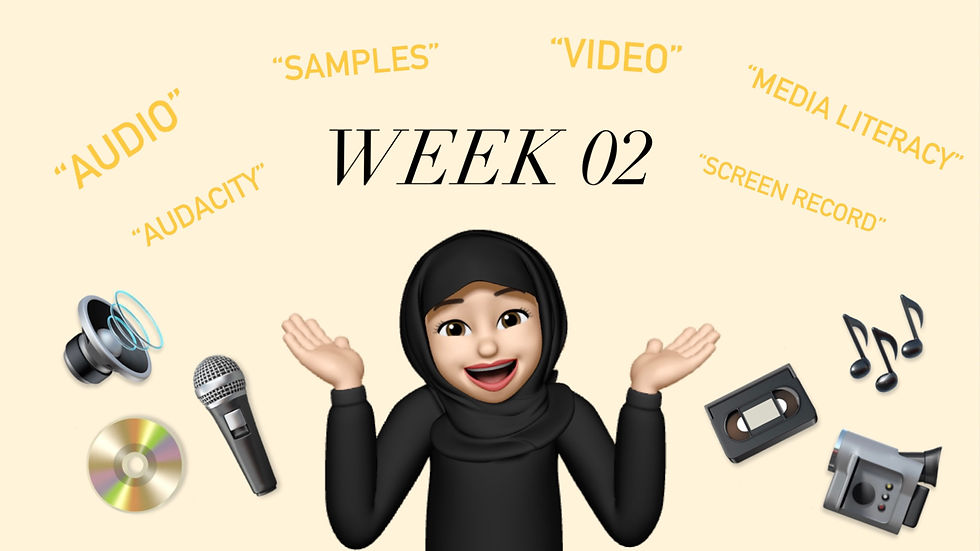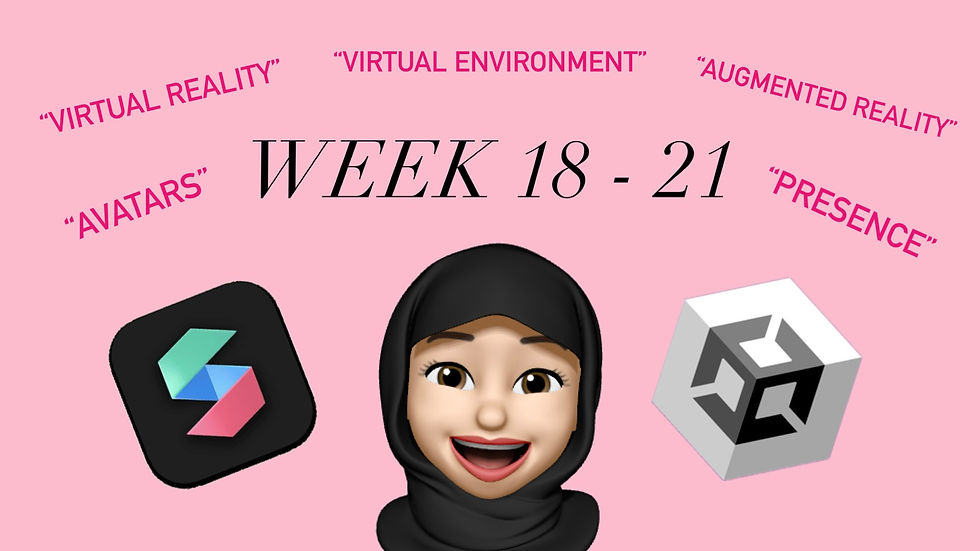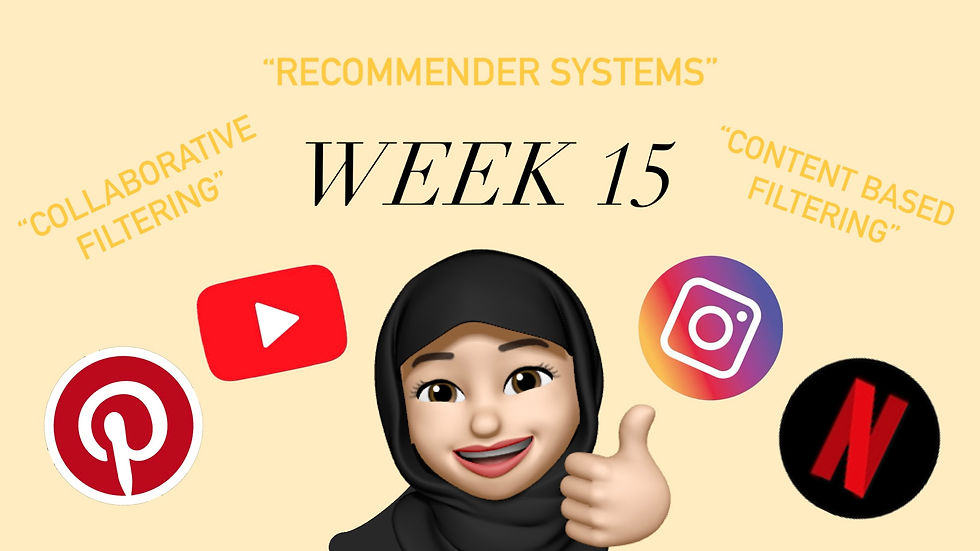Week 02 - Media Literacy
- Lami'ah Nosarka

- Oct 16, 2023
- 2 min read
Updated: Apr 19, 2024

11/10/2023 - 18/10/2023
This week we continued with the topic of #MediaLiteracy, specifically focusing on Audio and Video.
Audio
In this section, we were introduced to digital audio and a bit about how it works.
From my understanding, sound can be thought of as vibrations which move throughout different mediums such as open space, liquids and solids. These vibrations travel as waves or oscillations and can be interpreted by those who hear these sounds and can also be interpreted and recorded by devices.
There are two different types of audio; Analogue and Digital.
Analogue audio is audio stored of devices such as vinyls or cassettes.
Digital audio is audio stored as 0s and 1s on any digital device.
Digital audio is recorded and stored as Samples; which are the audio equivalent of pixels.
This image shows 3 different graphs of digital audio created by storing samples from analogue sound waves.
The more samples recorded from a sound wave, the greater the quality of the digital audio.
This image was taken from Digital Audio Basics: Audio Sample Rate and Bit Depth
Activity #5
This activity requires us to record audio clips and use an audio editor to adjust the audio levels. For this activity, I have used Audacity.
Activity #6
Reverb
This activity focuses on reverb. Reverb can be thought of as the smoothness of ones voice whilst singing in the bathroom. This is because vocal sound waves are compressed as they bounce off shower walls, giving off a reverberated sound.
We can also use software to add reverb effects to our recorded audios.
Here are a few examples created using #Audacity
Activity #7
Audio Discoveries
What are the available audio file formats?
There are several audio file formats used. The most common is MP3 (MPEG Audio Layer-3).
Other file formats:
AAC (Advanced Audio Coding): takes up very little storage space and is recommended for streaming done on mobile devices
Ogg Vorbis: The free open-source audio codec used by Spotify.
FLAC (Free Lossless Audio Codec): open-source, free and lossless compression
ALAC (Apple Lossless Audio Codec): lossless compression only allowed on Apple devices
WAV (Waveform Audio File Format): retains all data of the file. Ideal for sending files back and forth as it avoids loss due to compression. Recommended for sound engineers
What is a waveform, amplitude, frequency?
Wave form: a display of a sound clip (measuring amplitude against frequency)
Amplitude: the height of the wavelength. It affects the loudness or volume of sounds
Frequency: the number of complete oscillations passing per second. It affects the pitch of sounds
Video
Activity #8
Image Cropping Tutorial
Activity #9
Video Discoveries
What are the available file formats?
There are several audio file formats used. The most common is MP4 (MPEG-4 Part 14) which can store video as well as audio, subtitles, images. This format is also universally compatible.
Other video file formats:
MOV: similar to MP4. Was created by Apple for Quicktime Player
MKV: open-source, retains video, audio, subtitles and images but files of this type are quite large
WebM: open-source, created by Google for HTML5. Plays directly in the browser, without the need for Flash Player or plugins.
Free ways of converting between file formats:
HandBrake: Available on Windows, Linux and macOS
References





Comments